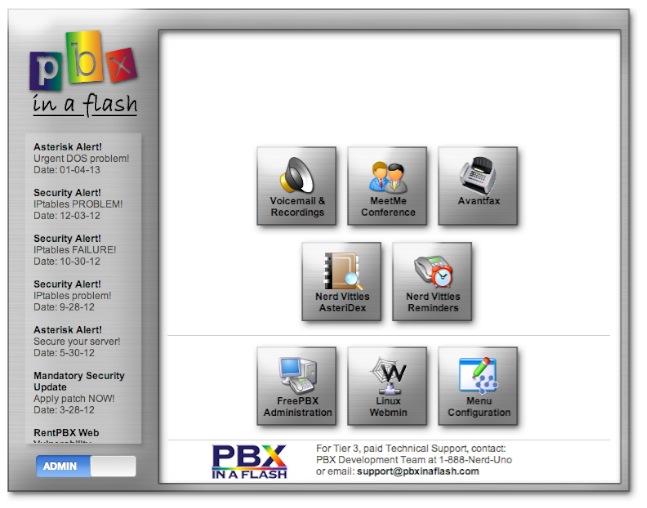The 5-Minute PBX: Incredible PBX 11 and Incredible Fax for PBX in a Flash 3
With the release of version 3 of PBX in a Flash™, it seemed only fitting to reintroduce our one-click wonder that takes advantage of the latest and greatest feature sets in both Asterisk® 11 and FreePBX® 2.11. Incredible PBX™ 11 gives you the best of all worlds plus all of the very best, preconfigured Asterisk applications we could find. And the installer together with all of the apps are pure open source so you can learn how to build a… Read More ›



